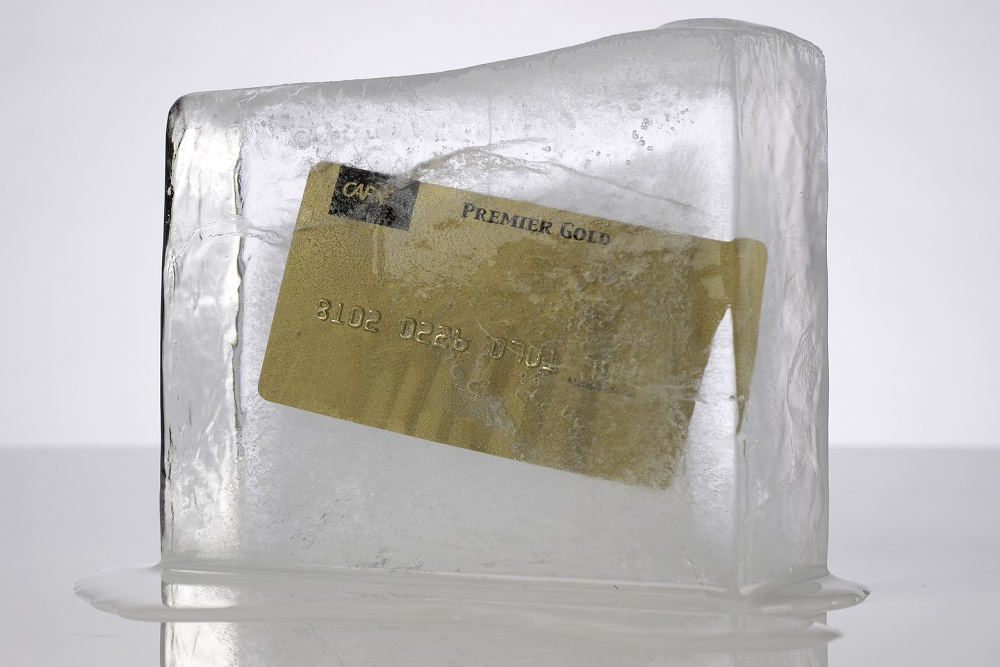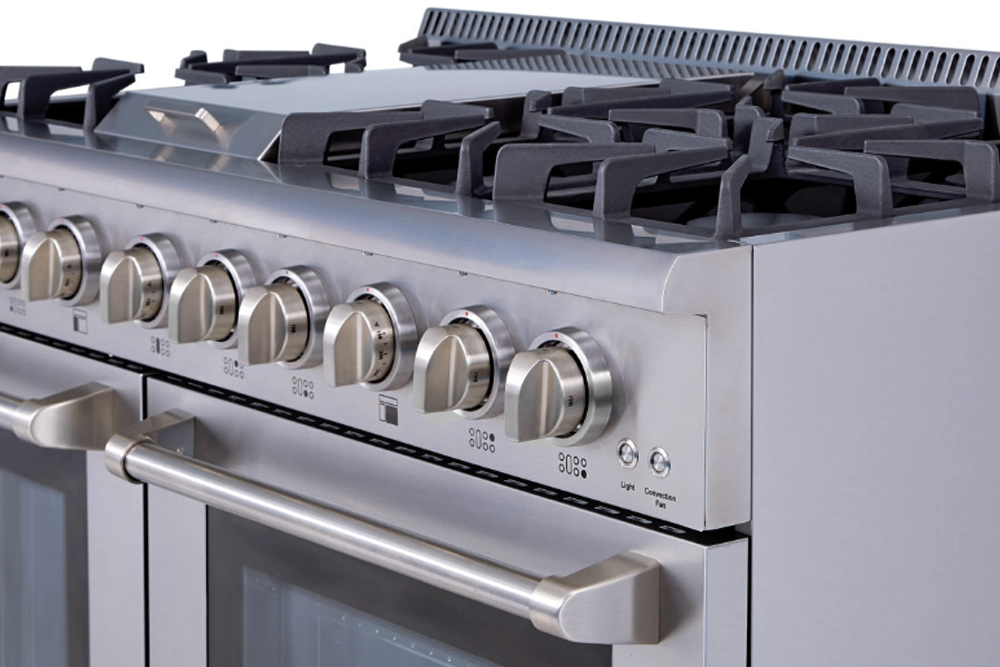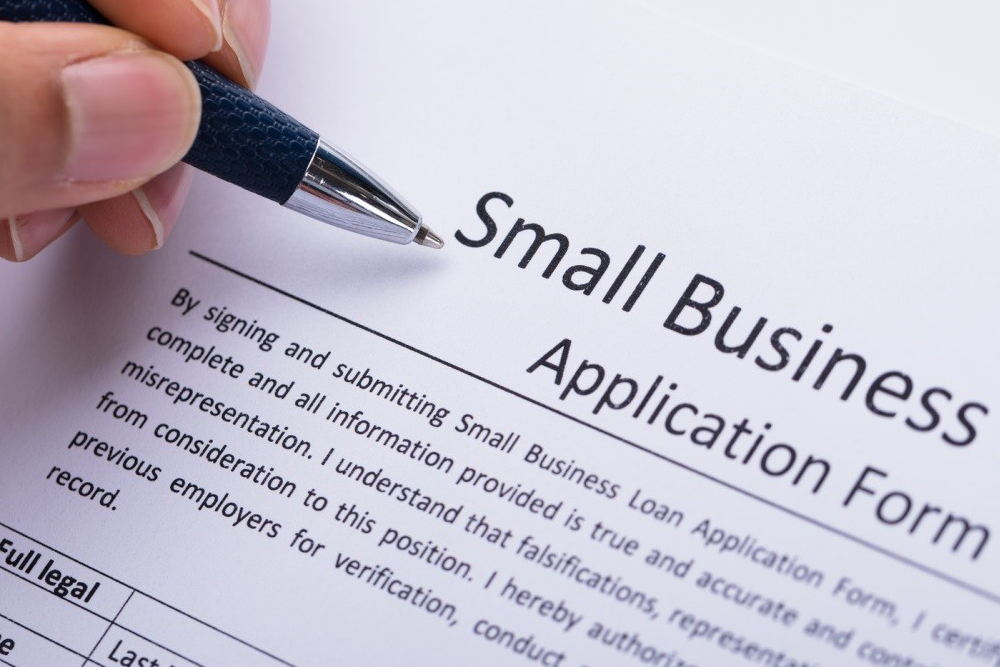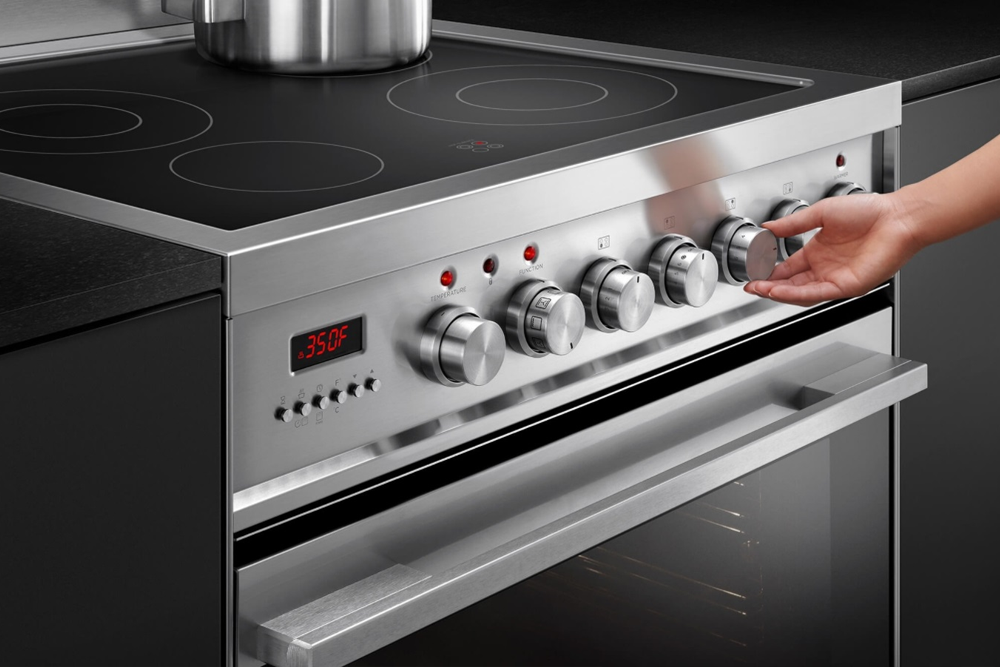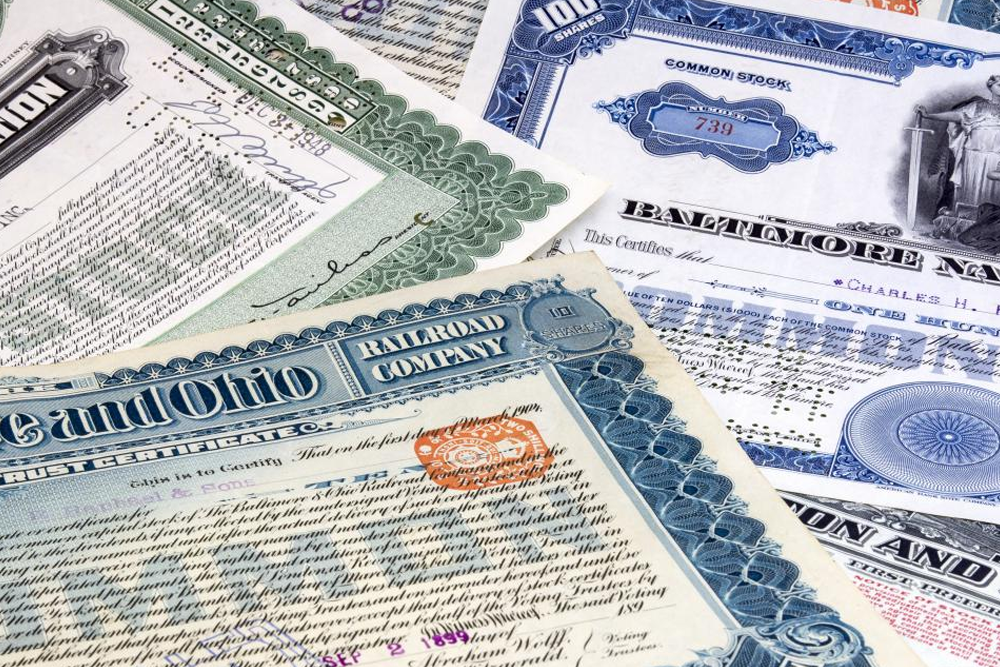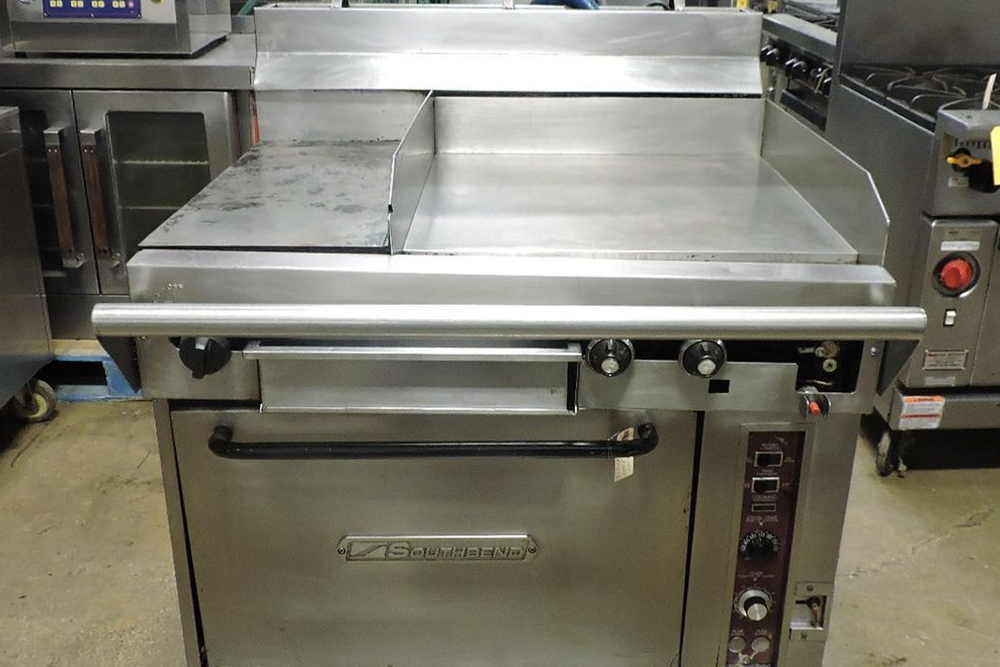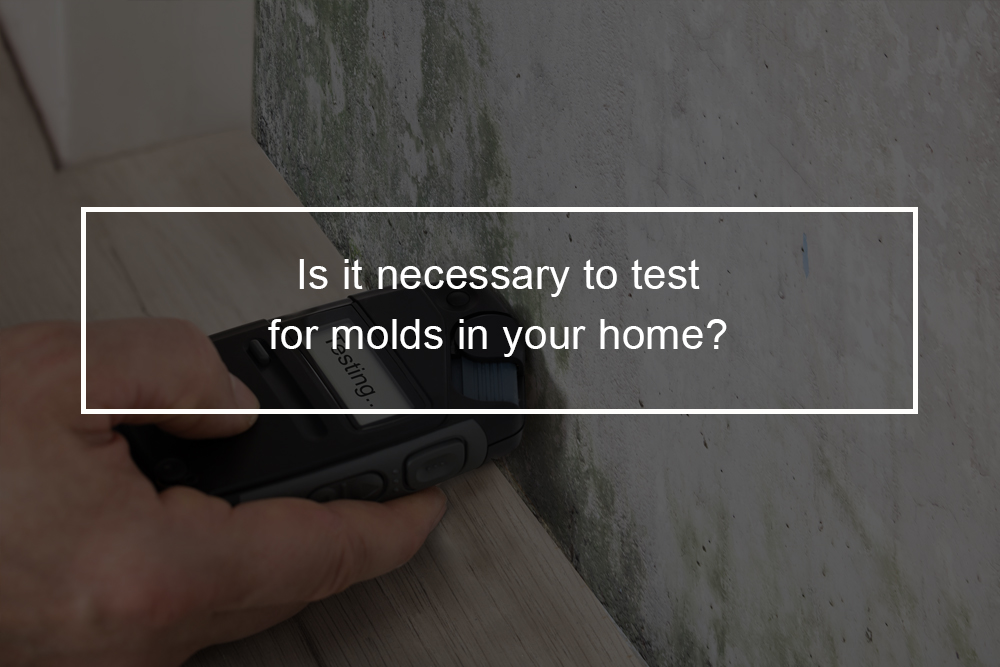
Facts about mold: What are they?
First of all, you should realize that molds are almost everywhere. Many of them are beneficial and form a vital part of the environment. So, not all molds are bad. Some molds are even used in making penicillin and cheese.
On the other hand, continuous exposure to mold can lead to serious health conditions. Moreover, a mold growing in your house or business premises needs to be addressed immediately, or it may lead to the building deteriorating.
Here are a few facts about the molds in your house:
- All the mold that grows in your home is bad, some are more toxic than others, but the mold remedy is more or less the same.
- The main cause of mold in your house is water infiltration or exposure to high humidity levels for a long time. If you do not solve the water and humidity problem, then you are not getting rid of the mold.
- Mold is not permanently removed by just killing them. The mold growth should be scrubbed away, the wet materials replaced, and the water and humidity problem fixed.
- The mold in your house may not be your most expensive problem. But it may point to a more costly issue such as poor drainage, foundation problems, and leakages. Fixing all these house issues do not come cheap.
Is mold testing really necessary, or should you save your money?
We now have a basic understanding of molds. We can, therefore, deduce that when molds become visible and smelly, then it is practically a waste of money to call a professional to test for molds. The appearance of molds obviously indicates the existence of molds.
Since there is a variety of mold, does knowing which kind is present in your house important when trying to remove it? Well, as we said, the mold remediation principles remain the same, so the answer is no. The color or the species of the mold does not really matter.
The key point to take is that once you see and smell the mold, then there is no need to waste money to call a professional to see if there is mold.
When should you inspect for mold?
The good thing about mold is that if you can see it, then you have it. And if you only see it in the corners and cracks, then know that it will soon spread to other places. Remember that molds also grow in places you really can’t see like in between your walls and in your ducts.
Scenarios should prompt you to inspect for molds
Water damage calls for mold inspection
If your house experienced some water damage like a flooded basement, leaking pipes, leaking roofs, then you should definitely inspect for mold.
Purchasing a new house calls for mold inspection
The house you are planning to buy may have or had serious water damage, and you may not know. The sure way to know if there is mold is by carrying out a mold inspection in the house.
You see some signs of mold
Mold somethings start as some green, black, white, or even blue stuff that grows. If you see such signs, then it may be a good idea to do an inspection early. Plus, the mold may have started somewhere not visible.
An unoccupied house may attract mold
If a house has remained unoccupied for months or years, then chances are it has become a conducive breeding ground for mold. The house could have trapped humidity creating enough moisture for mold to grow. This is very common in warm climates with very high humidity.
Inspect for mold after mold remediation
It is only reasonable to have regular mold inspections after getting rid of them in the first place. This will ensure the issue is really gone.
What happens during the mold inspection?
Most part of a mold inspection involves visually inspecting the house for mold. There’s really no special equipment required apart from a good flashlight and may be tools that are sometimes needed to access HVAC ducts and other restricted areas. Some inspectors may also use cameras. Sometimes a moisture meter is also used to determine if an area is wet.
A typical mold inspection starts with the inspector asking the homeowner about any areas they might have seen mold and places that have experienced moisture problems in the past. The inspector will then thoroughly go over the house, focusing on places prone to mold.
If there is a possibility mold is growing in an inaccessible area, the inspector may have to remove the paneling or damage a section of the drywall to make a closer assessment. If mold is detected, the source of moisture causing the problem will also be determined, and the inspector will talk to the owner about a remediation plan.
Remember to go for an experienced inspector with the right certifications and licenses for the inspection and remediation. Also, you do not need to pay someone to tell you what you already know. So if you already see mold, you should skip the inspection process and get right to the remediation step. However, the remediation process sometimes involves the contractor determining the extent of the mold, which is regarded as inspection as well.
What determines the cost of a mold inspection?
The cost of a mold inspection is affected by two main factors: how big the property is and whether or not construction damage is necessary. That is breaking the drywall or removing the paneling.
Simply put, a larger house will take the inspector longer to look at and hence cost more. An inspection that involves digging and breaking and removing stuff will also cost more because of the extra work and time put in.
How much does a mold inspection cost?
Mold inspection charges are more or less standard, with slight variations from one contractor to another. Roughly, a mold inspection and a regular home inspection done when buying a new home costs the same. On average, a mold inspection on a property under 4,000 square feet (small to medium-sized house) costs $300 to $400. For houses above that, the cost rises to the $700 to $900 range. Again, remember these inspection charges can be saved if you can visually spot the mold yourself.
Some professional contractors that specialize in mold remediation will actually do a mold inspection for free, provided they get hired to do the remediation.
How to find the right mold inspector?
Like any field, you need to find a professional with the right expertise and experience. The contractor should be skilled at mold inspection and remediations. You can ask how many inspections they have done recently.
You can also call around your area and talk to some neighbors to have a feel of the estimates. The price ranges may be significant, and this can save you unnecessary costs. Asking around can also help you get someone whose work is recommended.
Some labor departments or state health departments make it a requirement for inspectors to have special certifications and licenses to operate. Check with the right departments if this is the case for you and make sure you only work with the properly certified people.
After the mold inspection
After establishing that you have mold in your house, then the next necessary step is to make a remediation plan. This begins with dealing with the source of the moisture causing the mold to grow. Failing to deal with the moisture source is doing zero work. However, hard you clean the mold, it will simply grow back if the source is there.
After that, the hard surfaces can be thoroughly scrubbed and washed, whereas the soft surfaces like foam tiles or carpets need to be removed and replaced. The porous surfaces can also be cleaned.
If the mold is only present in a small area, then all this can be a DIY job. You can comfortably clean and get rid of the mold completely. However, if the area exceeds 10 square feet, then it is best to call in a professional contractor experienced in mold remediation. It is not exactly fun to work with mold; in fact, they can be dangerous for people with asthma and allergies. Hence best to leave serious contamination for the better-equipped professionals.
How to prevent mold?
If the mold contamination in your home is widespread, then the process of inspection and remediation can be an expensive affair. The best way to save money on this is by ensuring you don’t get the mold problem. Below are tips for preventing mold.
Repair leaks and water issues immediately
Ensure you promptly fix any sort of leaks in your house. Replace the rusted pipe and sort out the roof. Leaking is bad, and you do not want the moisture in your house.
Clean your house clean and dry
If there are condensation drops from your cooling system or your basement floods, ensure you clean it dry as soon as you notice it. If this moisture is justify unattended, then you are creating a conducive environment for mold growth.
The humidity needs to be controlled
Air that is extremely humid can provide enough moisture for mold to grow on some surfaces. Try using a dehumidifier in the basement and air-conditioning, especially during the summer. Install vents in the bathroom and kitchen. This will reduce humidity and control the moisture.
Spotting mold contamination before it gets out of control will definitely save you thousands of dollars. This makes mold inspection worth it at the early stages. However, when it is clear you have the problem, then you should jump right into remediation before it worsens.
How to identify and avoid mold inspection scams?
The mold inspection industry is a very profitable one, especially because of the toxic nature of some mold. Unfortunately, this has opened doors to more problems, including mold inspection scams designed to scare homeowners into paying hefty fees for sketchy and unnecessary remediation plans.
Keep the following tips handy to avoid mold inspection and remediation scams:
- Ask for some sort of license from the inspector. Currently, there are no official government certifications or licenses that regulate or form a legal standard for mold inspectors. However, you should at least ensure the person doing the inspection is licensed as a general contractor.
- Do not hire companies that do mold remediation to do the inspection. This might be an unprofessional argument, but some sketchy companies may scare you to pay them for remediation after they conduct an inspection, even if it is not necessary.
- Free mold inspections are usually not the best because the people doing the inspection will want you to later pay for remediation and won’t be the right people to get advice from. Instead of accepting a free mold inspection, set aside money to pay for the inspection, if necessary, separately from the remediation. Sometimes it’s best to let the contractor know you are only hiring them for the inspection.
- To avoid shoddy remediation, call back the person who did the initial testing to inspect if the remediation has worked, and your house is mold-free.
- Inspect the mold inspector. Some sketchy inspectors may try to make the mold situation worse than it is to get you to pay more. They might turn up the heat, shake out some pillows and rugs and release more spores. When you follow them around and inspect their inspection, they will not have time to pull this off.
- Do not accept shortcut tricks and gimmicks as remediation. Mold contamination calls for the moisture issue to be properly fixed, the mold be completely removed, and any affected material either thoroughly cleaned and dried or removed and replaced. Tricks that involve using fumigants, ozone generators, encapsulants, biocides, or other measures intended to kill the mold or cover it up will ultimately be more harmful. These measures do not stop the mold at its source.
The mold problem can have serious financial implications, especially when out of control. You can save a lot when you know what to look for, what to do, and prevent mold in the first place.


